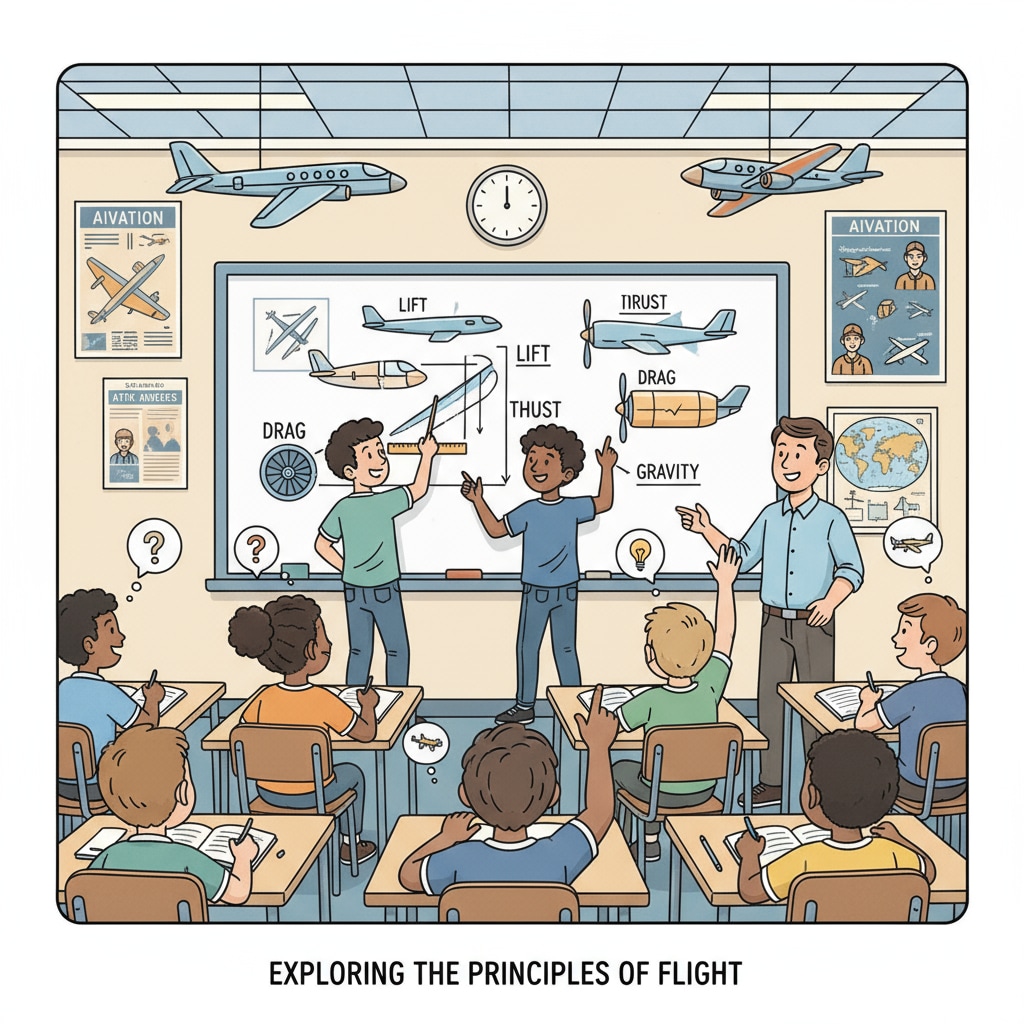Pilot skills, communication ability, decision-making ability, and situational awareness are crucial aspects that need to be nurtured from an early stage for those dreaming of a career in aviation. The journey from campus to the clouds starts with a solid foundation in K12 education.

The Importance of Communication in Pilot Training
Effective communication is the cornerstone of a pilot’s job. In the aviation industry, clear and concise communication can mean the difference between a safe flight and a potential disaster. Pilots need to communicate with air traffic controllers, co-pilots, and ground crew. During K12 education, students can start developing this skill through activities such as public speaking, group projects, and debate clubs. For example, participating in a debate club helps students express their thoughts clearly and listen attentively to others, which are essential for communication in the cockpit. Aviation communication on Wikipedia
Decision-Making Under Pressure
Decision-making under pressure is another vital skill for pilots. In the air, unexpected situations can arise at any moment, and pilots must make quick and accurate decisions. K12 education can introduce students to problem-solving scenarios through subjects like mathematics and science. These subjects require students to analyze situations, weigh options, and make decisions. Additionally, extracurricular activities such as sports teams and emergency response simulations can also help students learn to stay calm and make rational decisions under pressure.

As students progress through K12, they can also start building their technical knowledge. Understanding the principles of physics, mechanics, and electronics is essential for a pilot. Taking advanced courses in these areas can give students a head start in their aviation journey. This technical knowledge forms the basis for understanding aircraft systems and operations.
The Role of Situational Awareness
Situational awareness is the ability to understand and perceive one’s surroundings. For pilots, it means being aware of weather conditions, aircraft position, and the status of various systems. In K12, students can develop situational awareness through activities like map reading, outdoor exploration, and even video games that require spatial awareness. These activities train students to observe their environment and make sense of complex information, which is invaluable in the cockpit.
Finally, adaptability is key in the aviation industry. The ability to quickly adapt to changing circumstances, whether it’s a sudden change in weather or an unexpected mechanical issue, is crucial. K12 education can help students develop this trait by exposing them to different learning environments, cultures, and teaching methods. This broadens their perspective and makes them more adaptable to new situations.
Readability guidance: The journey from K12 to becoming a pilot involves a holistic development of skills. By focusing on communication, decision-making, technical knowledge, situational awareness, and adaptability, students can set themselves on the path to a successful aviation career.


